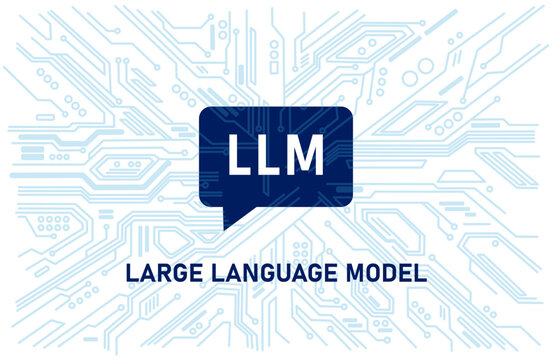AI : Product or Feature?
- 2024/6/27
- ブログ
- 2024, AI, Future of AI, ブログ
- Comments Off on AI : Product or Feature?
![]() The rapid development of artificial intelligence (AI) has sparked numerous debates and discussions, one of the most intriguing being:
The rapid development of artificial intelligence (AI) has sparked numerous debates and discussions, one of the most intriguing being:
Is AI a standalone product or merely a feature within existing products?
This distinction is crucial as it impacts how businesses develop and market their technologies and how consumers interact with these innovations.
In this blog, we’ll explore the nuanced perspectives on AI as a product versus AI as a feature, exploring the arguments for both sides and examining real-world examples that shed light on the future of AI.
この記事の目次
The Case for AI as a Product
The concept of AI as a product can be seen in devices like the Humane AI Pin and the Rabbit R1. These products aimed to provide a physical embodiment of AI assistants, promising seamless interaction and assistance in daily tasks. However, both devices failed to deliver on their promises due to technological limitations and practical usability issues.
Even if these devices had worked flawlessly, they would have faced significant challenges. The market for standalone AI products is fiercely competitive and dominated by tech giants with vast resources. Creating a dedicated AI device that can outshine integrated features within existing ecosystems is an uphill battle. Users are more likely to prefer the convenience of integrated AI functionalities within their existing devices rather than carrying an additional gadget.
Moreover, the success of AI-powered chatbots like ChatGPT suggests that there’s a market for AI as a service. Users are willing to engage with AI directly, seeking answers, generating content, or simply having a conversation. This direct interaction with AI reinforces the idea that it can be a product in its own right, catering to specific user needs and preferences.
![]()
The Case for AI as a Feature
On the other side of the debate, there’s a growing belief that AI is best integrated as a feature within existing products. This perspective gained momentum after Apple’s WWDC and Google I/O events, where both companies showcased AI features seamlessly woven into their operating systems and applications. These features, ranging from writing tools to image generation, enhance the user experience without requiring users to adopt separate AI products.
The argument for AI as a feature hinges on the idea that AI is most valuable when it’s readily accessible and integrated into the tools people already use. By embedding AI into familiar software and devices, companies can make AI more approachable and relevant to a wider audience. This approach also aligns with the trend of “invisible” technology, where AI works in the background, subtly improving user experiences without demanding attention.
![]()
Real-World Examples: The Battleground of AI
The debate between AI as a product and AI as a feature is playing out in real-time across various industries. In the realm of social media, Clubhouse’s meteoric rise and subsequent decline illustrate the challenges of maintaining a standalone AI product. Clubhouse’s core feature, live audio events, was quickly replicated by larger platforms like Twitter and Spotify, relegating Clubhouse to a niche market.
Conversely, TikTok’s success with its short-form video format demonstrates the potential for a standalone AI product to thrive. While Instagram and YouTube have attempted to replicate TikTok’s features, TikTok remains the dominant player, suggesting that a well-executed AI product can carve out a unique space in the market.
The Future of AI: Product, Feature, or Both?
As the debate rages on, it’s becoming increasingly clear that the future of AI may not be an either/or proposition. Instead, we may see a hybrid approach where AI exists both as standalone products and as integrated features. This approach would cater to diverse user needs and preferences, offering both specialized AI experiences and seamless AI enhancements within existing products.
For example, AI-powered chatbots could continue to evolve as standalone products, providing personalized assistance and content generation. Simultaneously, AI features could become ubiquitous in productivity software, social media platforms, and even household appliances, subtly improving our daily lives.
Challenges and Considerations
The development and integration of AI, whether as a product or a feature, come with a unique set of challenges. One significant hurdle is the cost and complexity of developing and training AI models. Smaller companies may struggle to compete with tech giants like Apple, Google, and Microsoft, which have the resources to invest heavily in AI research and development.
Another challenge is ensuring the ethical and responsible use of AI. As AI becomes more integrated into our lives, concerns about bias, privacy, and transparency become increasingly important. Companies must prioritize ethical AI development to build trust with users and avoid potential pitfalls.

Conclusion: The AI Landscape is Evolving
The question of whether AI is a product or a feature is far from settled. The tech industry is still experimenting with different approaches, and the landscape is constantly evolving. What’s clear is that AI is here to stay, and its impact will be felt across all sectors of society.
Whether you’re a tech enthusiast, a business leader, or simply a curious observer, it’s essential to stay informed about the ongoing debate surrounding AI. The choices made today will shape the future of AI and determine how this transformative technology will ultimately impact our lives.
I hope this blog post has shed light on the complex issue of AI as a product or feature. Let’s explore the possibilities of AI together and shape the future of this exciting technology.
この情報は役に立ちましたか?
カテゴリー:



